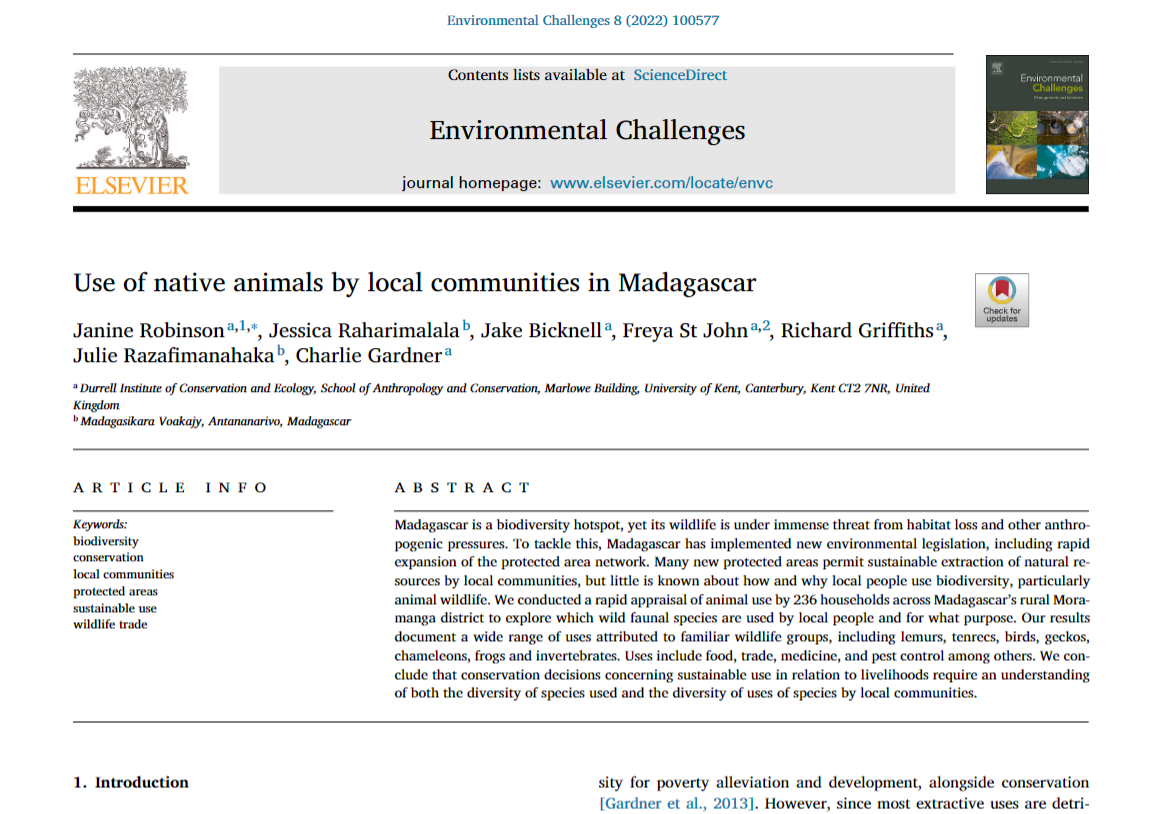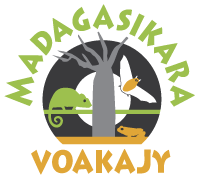
Madagascar is a biodiversity hotspot, yet its wildlife is under immense threat from habitat loss and other anthropogenic pressures. To tackle this, Madagascar has implemented new environmental legislation, including rapid expansion of the protected area network.
Many new protected areas permit sustainable extraction of natural resources by local communities, but little is known about how and why local people use biodiversity, particularly animal wildlife. We conducted a rapid appraisal of animal use by 236 households across Madagascar’s rural Moramanga district to explore which wild faunal species are used by local people and for what purpose. Our results document a wide range of uses attributed to familiar wildlife groups, including lemurs, tenrecs, birds, geckos, chameleons, frogs and invertebrates. Uses include food, trade, medicine, and pest control among others. We conclude that conservation decisions concerning sustainable use in relation to livelihoods require an understanding of both the diversity of species used and the diversity of uses of species by local communities. Full text


